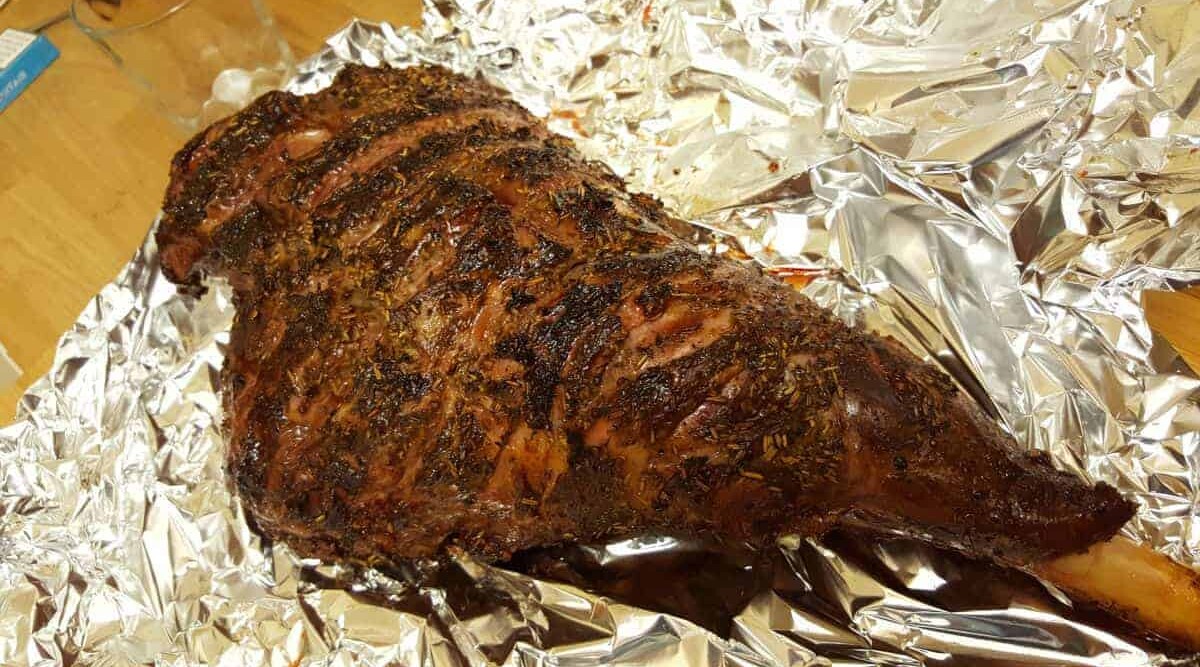
Let’s say something is really annoying you.
A nagging boss; a losing sports team; a non-functioning vehicle — something like that.
You probably spend some time getting all heated up about it before you wisely decide to step away from the situation and cool down before you start throwing stuff.
The problem is, you don’t cool down right away, do you? You’re still steaming mad for a few minutes. The same principle, more or less, applies to meat on the grill. It’s called carryover cooking, and it’s one more thing every serious griller needs to understand and learn to control.
Over the course of this article, we’ll define carryover cooking, seek to comprehend the science behind it, and learn how to incorporate it into your grilling.
Trust me when I tell you, you’ll be glad you took the time.
Shall we carry on?
Jump to:
- 1 What is Carryover Cooking?
- 2 Why Is Carryover Cooking Important to Understand?
- 3 How Many Degrees Can Carryover Cooking Add?
- 4 How Long Does Carryover Cooking Continue?
- 5 Why Does It Happen? The Science Behind Carryover Cooking
- 6 What Temperature Should I Cook Meat To Before Resting?
- 7 Resting Guidelines By Cut and Cooking Temperature
- 8 To Wrap or Not to Wrap
- 9 Time To Let It Rest
What is Carryover Cooking?
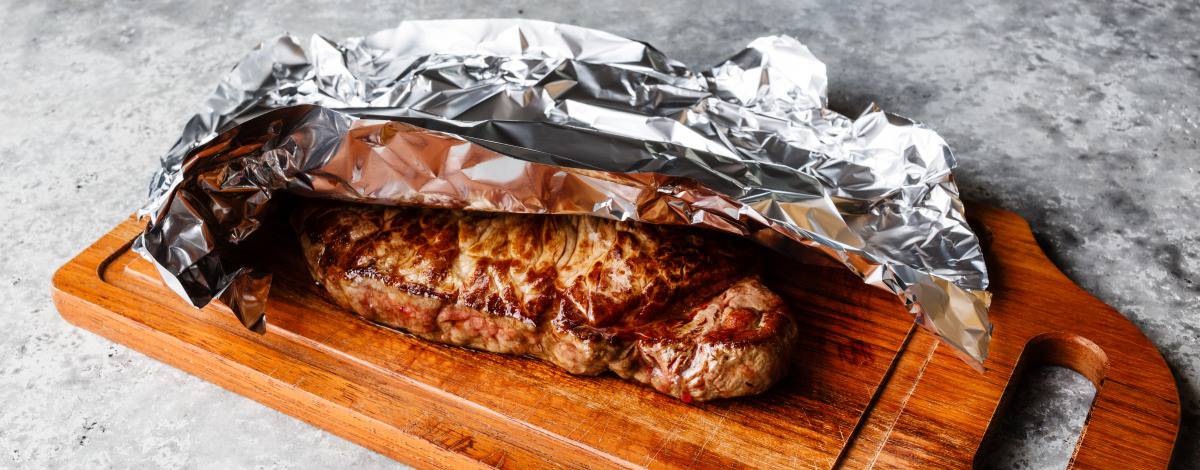
I gave you a loose analogy in the introduction, but let’s explain carryover cooking a little more accurately.
When you’re cooking meat, the grill and the ambient air temperature heat up the exterior surfaces of the cut. The interior of the cut, however, is shielded from the heat and so warms up slower than the outside does.
If you leave the meat where it is for a long time, eventually the whole thing should be the same temperature. It will also be burnt beyond recognition and inedible, no matter how well-done you like your meat.
Remove it from the grill and the heat from the surface — that’s hotter than the interior — begins to dissipate, mostly into the air. Some of it, however, will continue to penetrate the interior, causing it to continue to cook and rise in temperature.
The water and fat content of the meat are good insulators that help trap heat inside, and of course, heat will always flow from where it is to where it isn’t. Given enough time, the internal and external temperatures will even out, cooking the interior further and to a higher temp than it was when you removed it from the grill.
Why Is Carryover Cooking Important to Understand?
Let’s say you want to cook a roast to medium-rare. You’re aiming for an internal temperature of, say, 130F. Nice and pink inside, right? So, you cook until your thermometer gives the reading you’re after, and you pull it out of the barbecue, or smoker, or kamado, or whatever.
Now, you’ve heard you should let your meat “rest” for a while before you serve it, so you set it aside for a few minutes. Or, maybe the sides aren’t ready, or you’re having trouble rounding up your guests. Regardless, it’s a little while before you’re ready to carve.
The moment finally arrives, and you start to slice off servings of your beautiful medium-rare roast and… it’s gray-brown inside. (Insert dramatic “Nooooooooooo!” here.)
What happened? Carryover cooking, my friend; the roast kept cooking after you removed it from the heat, and now you’ve overshot your target temperature.
Science: 1. Roast: 0.
How Many Degrees Can Carryover Cooking Add?
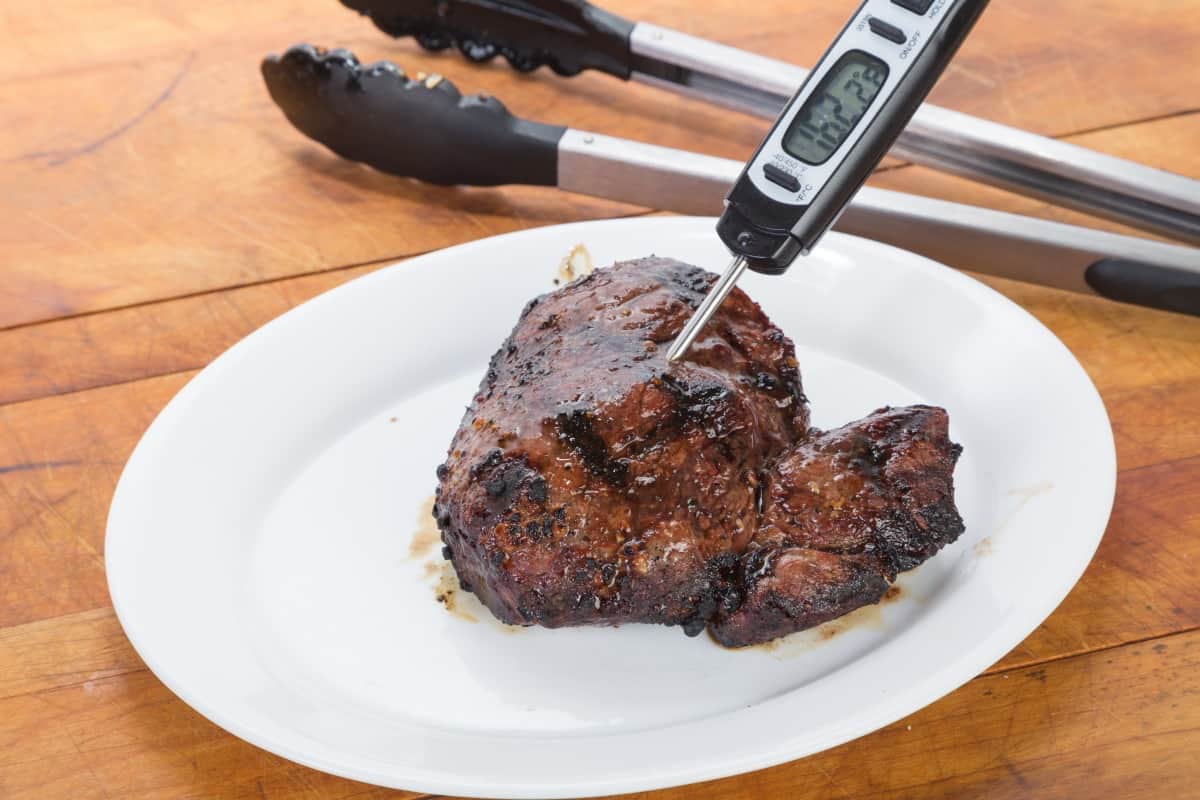
How thick the meat is makes a big difference to how noticeable the effect might be. A very thin steak or chop will have only minimal carryover, perhaps just a few degrees Fahrenheit. For larger cuts, however, you might have a carryover of 10F or more. Carryovers of up to 20F are not unheard of. That’s a significant difference!
Interestingly, how hot your cooker is plays a role in how much carryover takes place. Evidently, the higher temperatures create a sort of energy reservoir that the inside the meat feeds off for longer. Cooking slowly at a lower temperature gives the center less to aspire to, so to speak.
Therefore, your high-heat seared 2” porterhouse is going to have a lot more carryover than your low ‘n’ slow brisket. Remember, the center of the steak is also close to both surfaces, so it’s absorbing intense heat rapidly as compared to an enormous brisket.
In fact, you may experience little to no carryover at all after a smoking or other long cook. During the period known as “the stall” the interior and exterior temperatures draw close to equal and tend to stay that way.
How Long Does Carryover Cooking Continue?
There is no definite answer to this question except to say it won’t stop until the heat has equalized throughout the cut. This doesn’t mean it will be hot right through, however. Remember the surface is losing heat to the air, too.
Depending on the size of the cut and the heat of the cooker, carryover cooking can last anywhere from just a few minutes to as long as 20 minutes. That means you’ll probably want to serve your meat long before carryover is finished.
Why Does It Happen? The Science Behind Carryover Cooking
You might recall the term “conduction” from science class back in school? (Or maybe more recently from your kid’s science class?) That’s the process by which cooking on a grill works: heat is transferred directly from the hot grill to the meat.
Remember vibrating molecules and all that? Like sweaty kids at a school dance, the food molecules start bouncing around rapidly. Those molecules set others nearby vibrating, and so on. Pretty soon, it’s a veritable mosh pit in there. The vibration creates heat, and that is how heat is passed from the exterior to the interior.
In a thick cut of meat, it can take a long time to pass that energy from the outside to the inside. Once started, though, it’s tough to stop.
Remove the heat source, and conduction continues to happen, only instead of a one-way process (surface to interior), it’s a two-way process (surface-to-air and interior), and the meat continues to cook.
What Temperature Should I Cook Meat To Before Resting?
There’s a bit of guesswork involved in timing your removal of the meat from the cooker to nail your target temperature. Fortunately, there are some general guidelines you can follow that should do the trick.
Of course, it all depends on how you like your meat cooked. If you like well-done, cook the heck out of it, and leave it resting until it gets there. For medium rare, you’ll need far less time.
For a medium rare steak doneness, you want an internal temperature of about 130F. As you now understand, if you grill until your instant read meat thermometer reads 130F, take it off and rest it, you’re going to overshoot your target. Aim for more like 120F, and during the rest phase, you’ll reach your goal.
Keep monitoring, though, so as not to miss it.
Check out this video from Jan Charles, the Thrillbilly Gourmet. The video is a bit fuzzy, but the results couldn’t be clearer. She shows a large beef roast gaining 9F after coming out of the oven.
Overall, aim for a temperature 5-10F below your target for doneness, remove from heat, and rest until it’s where you want it.
Remember, the time will vary depending on the size of the cut, and the heat of the cooker. The bigger the cut, the less carryover cooking, but the hotter the cooker, the more carryover cooking, as the outside of the meat will be that much hotter being in a higher ambient temperature air.
Once again, I cannot over stress the importance of a good digital smoker or grill thermometer.
Resting Guidelines By Cut and Cooking Temperature
Here are some rules of thumb for resting times and likely results. Use them to gauge how long to rest to hit your target. Thanks, to VirtualWeberBullet for the figures!
Chicken
- Pieces @ 225-250F — not required
- Butterflied or whole
- Barbecued @ 225-250F — not required
- Roasted @ 350F, rest 5 minutes or 0-5F rise
Turkey
- Whole
- Barbecued @ 225-250F — rest 20-30 min. for 0-5F rise
- Roasted @ 350F — rest 20-30 min. for 5-10F rise
- Barbecued @ 225-250F — not required
- Barbecued @ 225-250F — rest 30 min. for 0-5F rise
Brisket
- Barbecued @ 225-250F — rest 30 min. for 0-5F rise
Rib Roast, Prime Rib
- Roasted @ 325-350F — rest 15 min. for 10-15F rise
Thin Steaks, Chops
- Grilled on high heat — rest 5 min. for 5F rise
Thick Steaks, Chops, Small Roasts
- Grilled on high heat — rest 10-15 min. for 5-10F rise
To Wrap or Not to Wrap
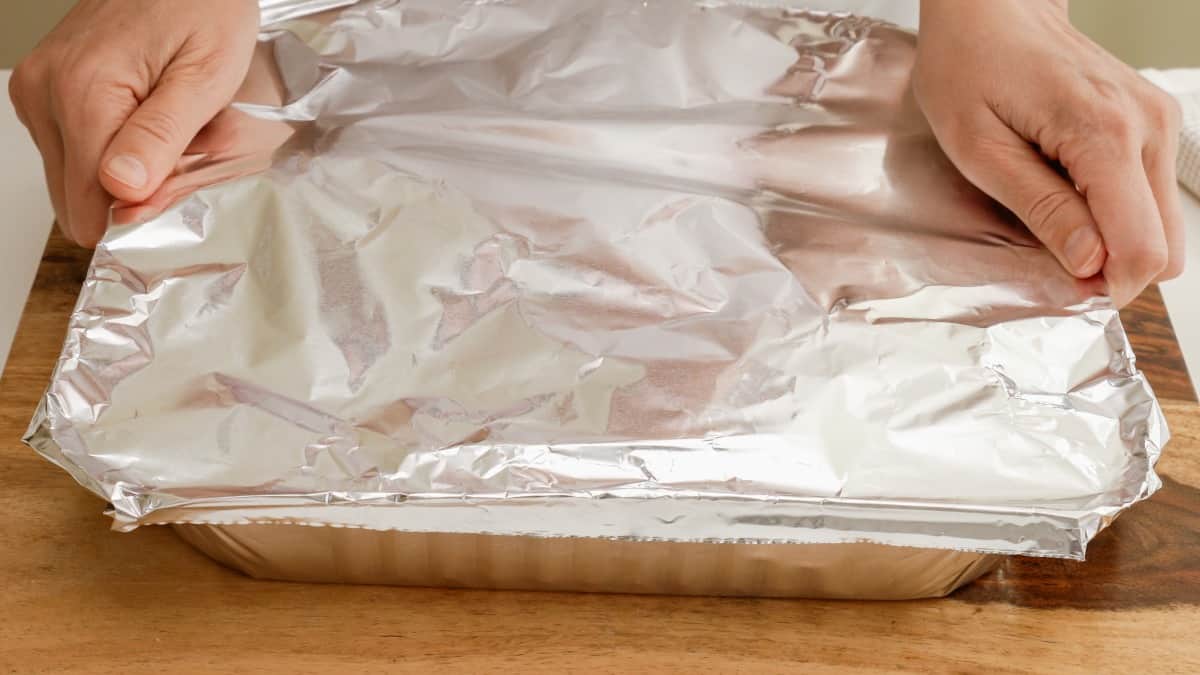
Some people say you should rest your meat wrapped in foil, and others let it sit out in the open. I won’t get deep into the subject here, but really, it’s up to you.
Using loose foil can keep the surface from cooling-off too quickly. A tight wrapping, though, can trap moisture and turn crispy poultry skin, or a nice crust or bark, into mush.
For long-term holding, wrap tightly, of course, to prevent bacteria from getting at your meat.
Time To Let It Rest
Science. Am I right? Don’t you wish you’d paid more attention in school? No, me neither. Still, it is pretty cool to be able to grasp this important phenomenon.
Now that you understand carryover cooking and how it affects your barbecue, you can harness that knowledge and be a better griller. Really, that’s the point of all our articles: we want you to get the most out of your BBQ experience.
We appreciate you spending some of your online time with us, and we’d like to hear from you, too! Send an email or find us on social, and give us your comments and questions about everything barbecue, smoking, and grilling. We’d love to hear your tips, and find out what hasn’t worked for you.
Thanks again for hanging out with us, and may you always hit your target temperature.
Happy grilling!


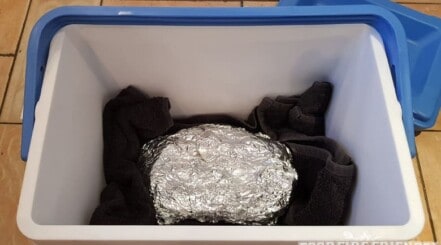
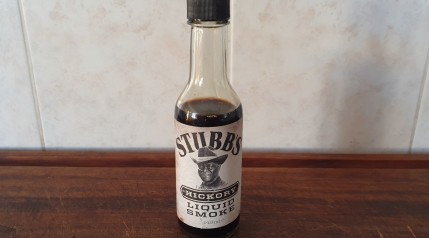

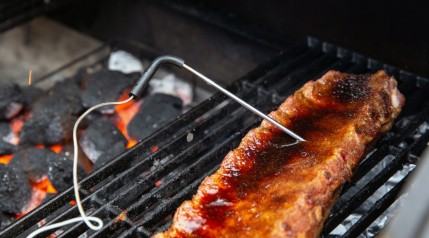
0 Comments